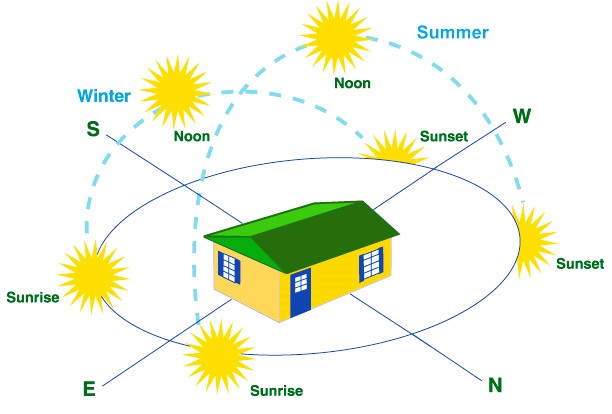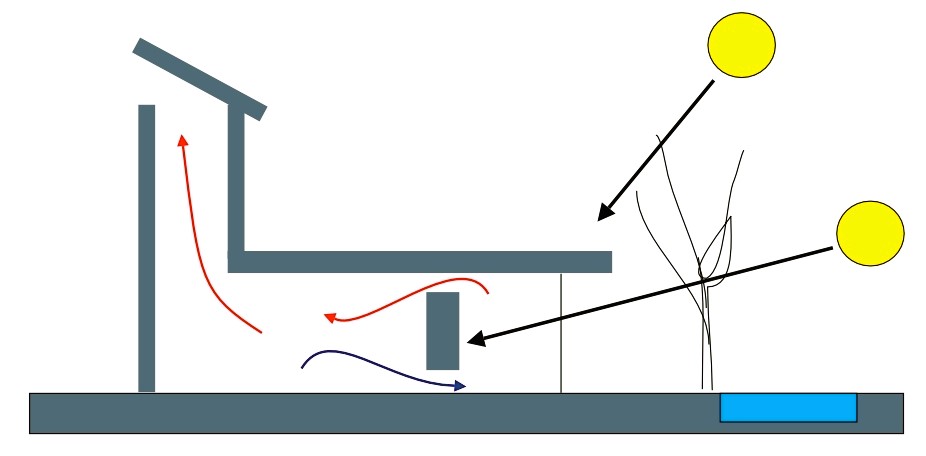
The Impact of Window Orientation on Home Energy Efficiency
Windows play a significant role in the energy efficiency of a home. Not only do they allow natural light and ventilation, but they also impact a home’s heating and cooling requirements. One critical factor that often goes overlooked is the orientation of windows in a house. The direction in which windows face can significantly affect the amount of heat gain or loss, the need for artificial lighting, and the overall comfort and energy efficiency of a home. In this article, we will explore the importance of window orientation and its impact on home energy efficiency.
Understanding Window Orientation
Window orientation refers to the direction in which windows are installed in a building, typically described in terms of cardinal directions (north, south, east, and west). Each orientation has distinct characteristics when it comes to sunlight exposure and temperature control:
- North-facing Windows: North-facing windows receive relatively consistent, but indirect, sunlight throughout the day. They provide a balanced amount of natural light without excessive heat gain, making them suitable for spaces that require even lighting without overheating.
- South-facing Windows: South-facing windows receive the most direct sunlight during the day, especially in the northern hemisphere. This orientation is ideal for capturing solar heat in the winter while allowing for shading or solar control in the summer to prevent overheating.
- East-facing Windows: East-facing windows receive direct morning sunlight and cooler afternoon shading. They are excellent for providing bright morning light and warmth, while minimizing heat gain in the afternoon.
- West-facing Windows: West-facing windows receive direct afternoon sunlight, which can lead to overheating in the late afternoon and early evening. Effective shading is often needed to prevent excessive heat gain.

The Impact on Energy Efficiency
The orientation of windows can have a substantial impact on the energy efficiency of a home in various ways:
- Passive Solar Heating: South-facing windows are often used for passive solar heating. They can capture sunlight during the winter, reducing the need for heating. Properly designed south-facing windows can contribute to lower heating bills.
- Daylighting: North-facing and east-facing windows provide consistent, diffused light, reducing the need for artificial lighting during the day. This not only saves on energy but also improves the quality of light in the home.
- Cooling Load: West-facing windows can contribute to a higher cooling load during the summer due to the direct afternoon sunlight. To mitigate this, homeowners often use shading devices or reflective coatings on west-facing windows.
- Heating and Cooling Costs: The overall heating and cooling costs of a home are influenced by the balance between heat gain and loss through windows. Properly oriented windows can lead to reduced energy consumption and lower utility bills. The psychology of environmentally friendly home modernization, in this article we looked at why this is important.
- Comfort and Livability: Properly oriented windows can create more comfortable living spaces, with the right amount of natural light and temperature control. This enhances the overall livability of a home.
Optimizing Window Orientation

When planning a new home or considering renovations, optimizing window orientation is essential for maximizing energy efficiency. Here are some strategies to consider:
- Passive Solar Design: Incorporate passive solar design principles to make the most of south-facing windows for solar heating in the winter.
- Shading Devices: Install shading devices, such as awnings, overhangs, or blinds, on west-facing windows to reduce heat gain during the hottest parts of the day.
- High-Performance Glazing: Use energy-efficient windows with low-E coatings and insulated frames to reduce heat transfer.
- Window Placement: Consider the layout of living spaces and prioritize areas where natural light is needed most.
Where to Find More Information
For further information on the impact of window orientation on home energy efficiency, you can visit the Wikipedia page on “Daylighting” by clicking here.
In conclusion, the orientation of windows in a home is a critical consideration for energy efficiency, comfort, and overall sustainability. Properly designed and oriented windows can have a substantial positive impact on a home’s energy consumption and environmental footprint. Homeowners and builders alike should take advantage of the benefits that smart window orientation can offer.
